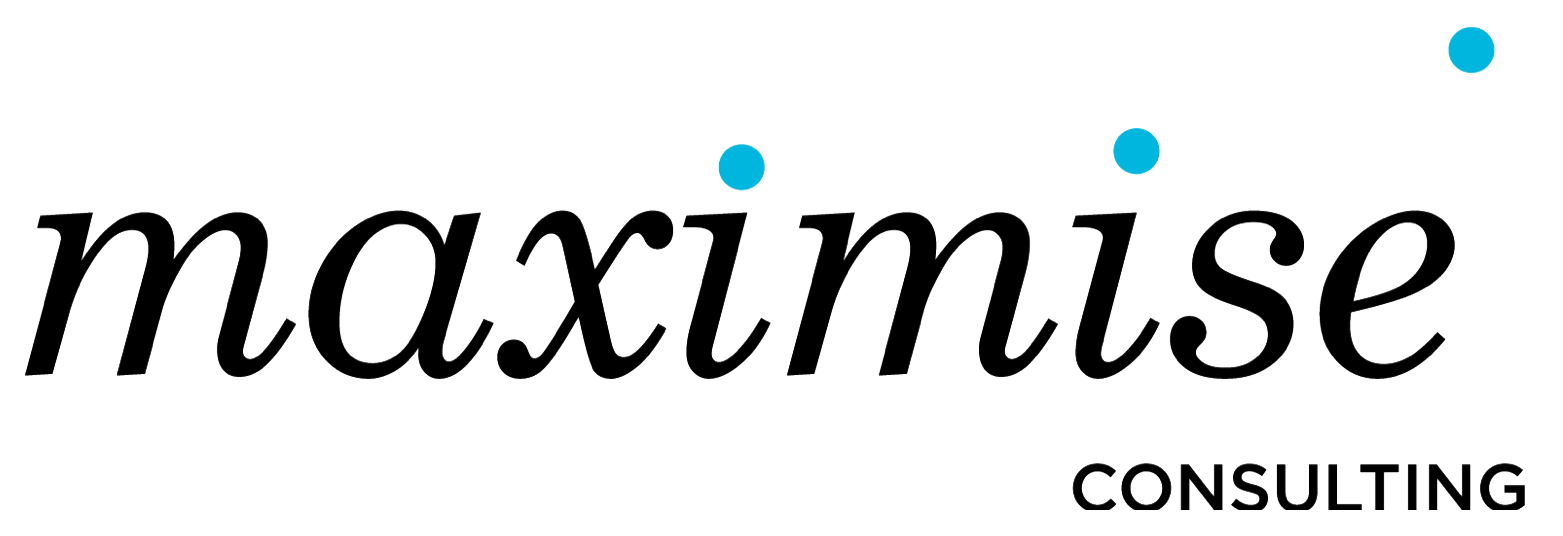Healing divisions and fostering unity: creating a shared narrative
In a world marred by differences and divisions, the role of leadership in tackling interdependent challenges is more crucial than ever. Healing these fractures demands a creative approach and a deep commitment to learning and genuine empathy.
As we continue to witness the intractable conflicts around the world, fracturing words and speeches that stoke one group's ego while disparaging the other only serves to deepen divisions. This divisive language perpetuates the "Us vs. Them" mindset, exploiting respective cultural pride and traditions to assert superiority. It allows people to deflect their own group's flaws and maladaptive values onto others.
Abuse of power is never justified. Reconciling the lived experiences of the oppressed and dispossessed requires a delicate balance between understanding the depth of their hardships and providing the hope and compassion necessary for healing and progress. Hope energises people to strive for change, while compassion reminds the privileged and the powerful of their moral obligation to stand in solidarity with those who have been unjustly treated.
Working beyond boundaries
Boundaries come in various forms: professional, cultural, ideological, ethnic, gender, or religious, and are necessary for coordinated efforts informed by shared values and identify. However, an unwillingness to address complex, interdependent problems across these boundaries can jeopardise not only groups but the entire social system. As in society more broadly, so too organisational silos form, leading to counterproductive behaviours like personal politics and turf wars.
Effective leaders work at the boundaries, encouraging groups to expand their horizons, cross divides, and unite to tackle shared challenges. This inevitably requires courage, respect, and personal resilience to perturb complacency and rigid positions, and to open opportunities for discovery, learning, growth, and creativity. Left unaddressed, the alternative can lead to festering competition and combative routines, in the pursuit of myopic and self-serving agendas.
Harvard Kennedy School’s Professor Dean Williams in his 2015 book Leadership for a Fractured World, observes that tribal identities are an intrinsic part of all our lives, providing a sense of community, security, and identity. Our brains are wired for tribalism, causing us to prioritise our group's interests at the expense of others. He encourages leaders to analyse group cultural narratives that can shed light on the values, habits, and priorities of a community as the basis for building bridges and healing divisions.
Over-reliance on formal power
Traditional "big man leadership" adheres to authoritarian principles of power, position, and formal authority concentrated in a single dominant individual or an elite group. Responsibility for direction setting, decision making, and problem-solving resides in the so-called leader, who is expected to maintain the status quo, protect group boundaries, and advance the group's interests, often at the expense of others or the broader system.
“Big man leadership” relies heavily on the so-called leader’s expressions of prominence, dominance, and tribalism, to assert control and suppress dissenting views. While it may offer stability, it can stifle creativity, limit diversity of thought, and perpetuate hierarchical structures of what's acceptable and what's not.
In contrast, adaptive leadership, adaptive leaders encourage conversations that tackle underlying suspicions and disdain. They must find ways to facilitate systems-thinking and discussions about the un-discussable, guiding individuals in understanding the origin of their assumptions and unspoken values that drive their actions and habitual routines.
Understanding different perspectives
Leaders must ask what stories reinforce their group's boundaries and what these stories reveal about acceptable behaviour. Williams proposes that leaders frame the adaptive leadership challenge to:
1. Understand the nature of the interdependent challenges.
2. Identify boundaries and fractures that hinder collaboration.
3. Recognise and manage the tribal impulse.
4. Address competing notions of progress.
5. Uncover and counteract cultural biases that hinder problem-solving.
6. Take on the role of change agent and lead groups in addressing shared challenges
Building bridges is essential to overcoming divisions. Stories play a significant role in shaping group identity, offering a legacy, source of pride, and identity. The past, present, and future narratives provide meaning to a group's journey and shape its actions. Truth telling requires a willingness to really listen, to respond rather than react, to be vulnerable rather than defensive, and to enquire rather than judge.
Reminding people of their higher purpose helps to transcend group boundaries and tribal loyalties to find common ground. Leaders can also promote perspective-taking by encouraging groups to imagine themselves in similar situations, fostering empathy and human connection.
Creating a shared narrative
As leaders choose to learn and acknowledge the values and cultural narratives of the ‘other’, they can move forward to reframing the narrative of the future as a shared one, and pave the way for truth telling, healing, unity and realistic change.
What might be the invitation to address and resolve a shared challenge among groups in your organisation or community? What might be the invitation to address and resolve a shared, complex, interdependent challenge?
How well do you understand the other’s agenda? Can you cite the most convincing point of the “other side of the story” that “they” are telling?
What facts did you choose to ignore? What facts should you add to the story that you have left out?
How might you now face a shared future with renewed perspective?

